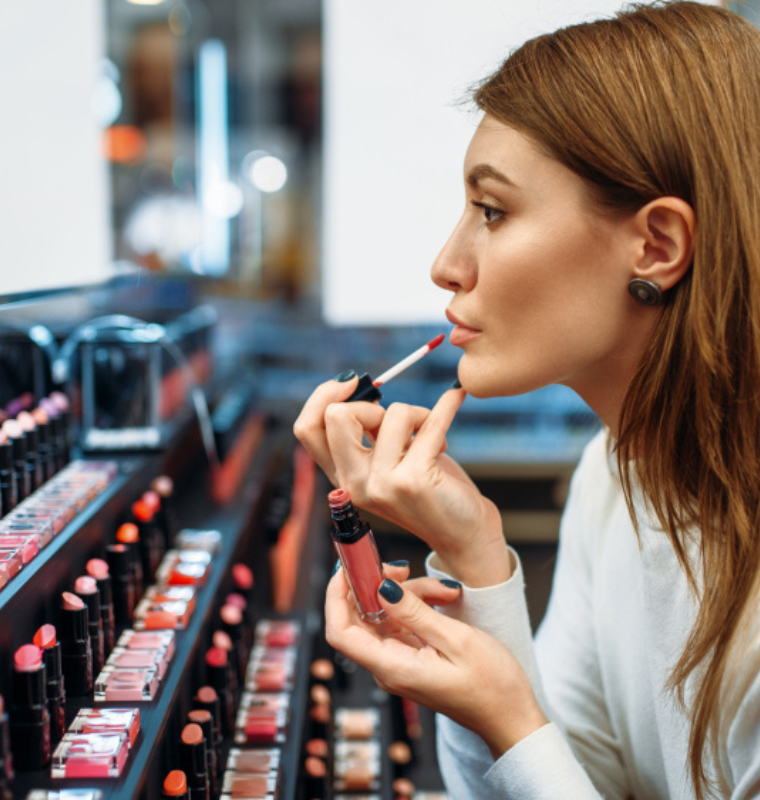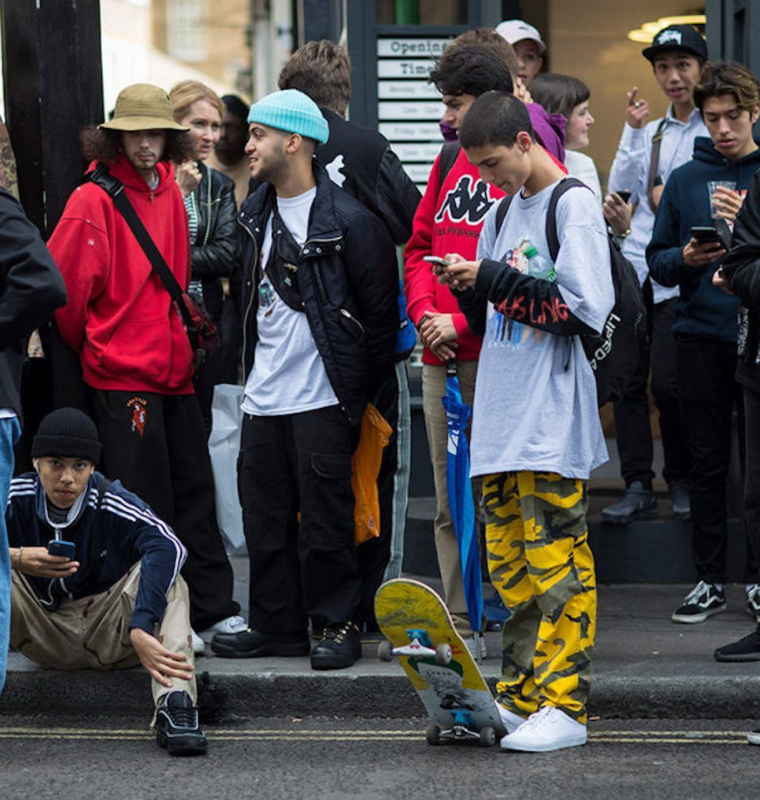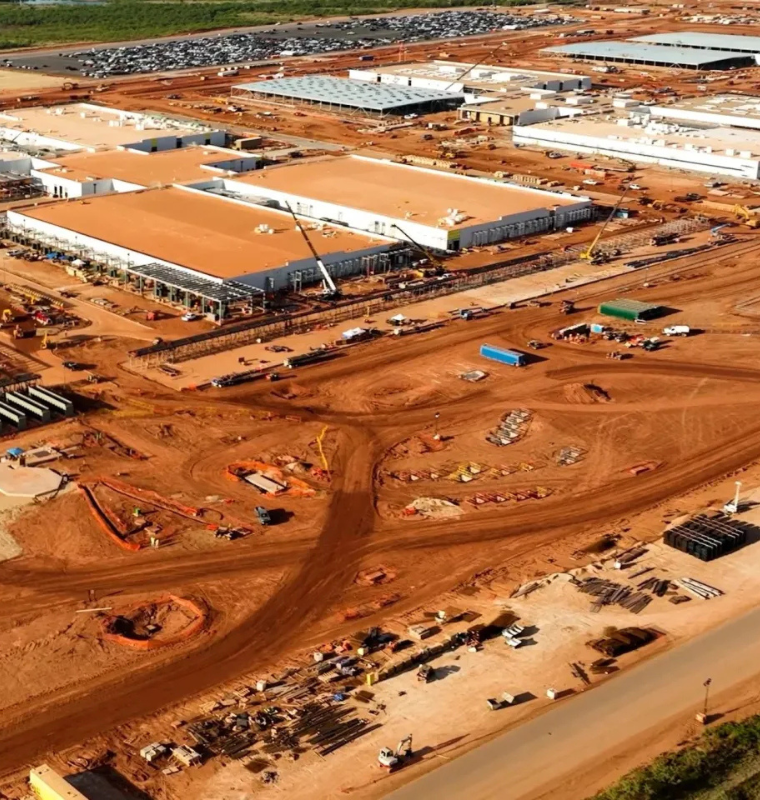OpenAI Unveils Sora 2.0: Advanced AI Video Generator with Strict Controls on Human Likeness
OpenAI Unveils Sora 2.0: Advanced AI Video Generator with Strict Controls on Human Likeness
By
Junia Wells
Last updated:
October 1, 2025
First Published:
October 1, 2025
.jpg)
OpenAI has introduced its most powerful video generation model yet, Sora 2.0, alongside a brand-new iOS app that aims to make AI-driven video creation accessible to the public. The rollout, which begins this week in the U.S. and Canada, is invite-only for now, with Pro and API access expected to follow soon.
Unlike earlier versions, Sora 2.0 takes a significant step forward in realism. The model features improved physical accuracy, smoother audio-video synchronization, and the ability to produce multi-shot narratives — a leap that positions it among the most advanced AI video systems currently available.
The Sora app enables users to create, remix, and even cameo in AI-generated videos using simple text prompts or images. It comes with built-in safeguards designed to manage provenance, likeness rights, and overall safety.
Intellectual Property and Copyright Concerns
Even as excitement grows around the release, the launch has already sparked debates over copyright and intellectual property. Reports suggest OpenAI has informed film studios and talent agencies that copyrighted material could appear in Sora-generated videos unless rights holders explicitly opt out. The company’s position mirrors its approach to earlier image-generation tools, where familiar characters, themes, and artistic styles may appear as part of creative fan expression unless restrictions are enforced.
Executives at OpenAI believe this remixing culture represents a new way for audiences to engage with fictional universes, particularly franchises with strong fan followings. They see Sora as an opportunity for creators and fans alike to explore storytelling beyond traditional formats.
Individual Identity Safeguards
Where OpenAI has drawn a firm boundary is around human likeness. Unlike fictional characters, real people cannot be generated in Sora videos without verified consent. The company has introduced a “verified cameo” system, meaning individuals must actively approve their appearance before they can feature in AI-generated clips.
This policy gives individuals full control over when and how they appear in AI content, a safeguard that could prove crucial as concerns about deepfakes and unauthorized likenesses continue to mount globally.
Expanding the AI Video Landscape
The launch of Sora 2.0 comes at a time when AI-driven creativity is rapidly expanding across industries — from film and advertising to gaming and social media. Competitors such as Runway, Pika Labs, and Stability AI are also developing next-generation video tools, but OpenAI’s focus on safety, realism, and accessibility could give it an edge in capturing mainstream adoption.
For now, only select U.S. and Canadian users will get access, but industry analysts predict global rollout in phases, with content creators, marketing firms, and entertainment companies among the earliest adopters.
By combining advanced storytelling capabilities with clear boundaries on identity use, OpenAI is signaling that the future of AI video generation will prioritize both creativity and responsibility.
Popular articles
Subscribe to unlock premium content
Why Consumers Buy Limited-Edition Fashion and Beauty Products

How K-Beauty Changed the Global Skincare Industry and Consumer Expectations

How Streetwear Became a Billion-Dollar Industry From Niche to Mainstream

Why Consumers Buy Limited-Edition Fashion and Beauty Products

How K-Beauty Changed the Global Skincare Industry and Consumer Expectations

Why Consumers Buy Limited-Edition Fashion and Beauty Products









